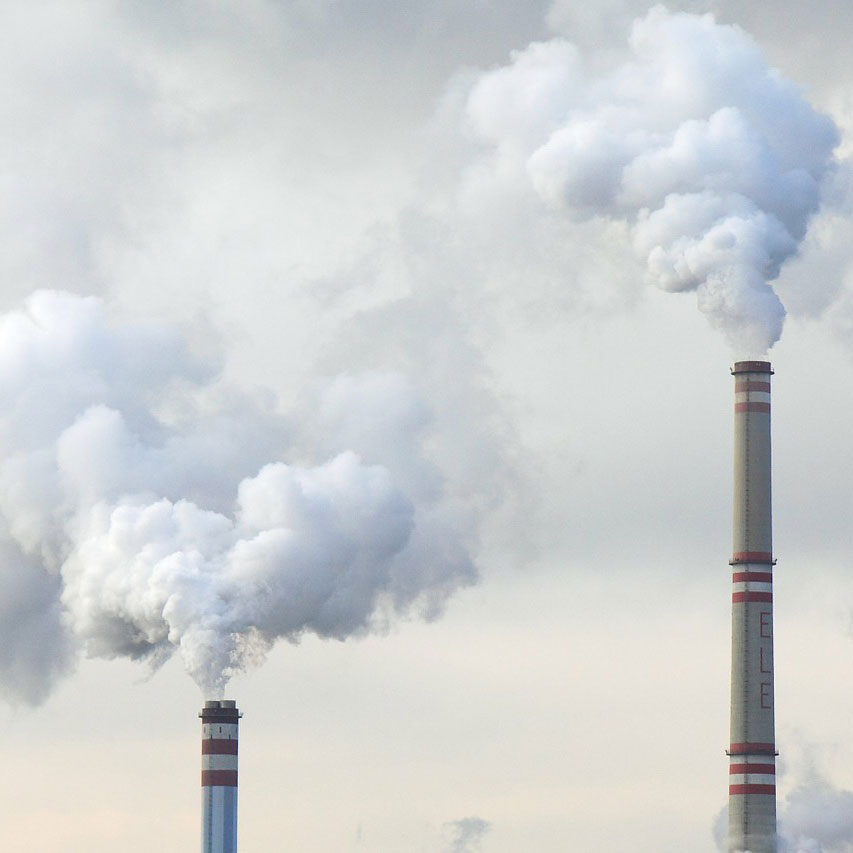Comprehensive Energy Data Intelligence
Information About Energy Companies, Their Assets, Market Deals, Industry Documents and More...
Northeast in Need For Gas. Lacking Pipeline Investment
05/29/2017
We have some extra info on this Rextag map for you.

Power generators and distributors in New York and New England are chomping at the bit for more natural gas, not just volumes but new and expanded delivery lines. They are also frustrated by the political, structural, and economic impediments to increased transmission infrastructure.
Much of the blame for lack of gas supply is laid at the feet of the state authorities to put new pipelines in New York state.
The challenges of getting gas into the region goes beyond alleged intransigence in Albany, but New York state’s geography is stark: gas in pipelines from the Marcellus, the Utica, indeed from anywhere else in the U.S., goes through New York state to get to New England.
Even if New England gets behind new infrastructure, we’ve got New York that says ‘hell no,’ warned van Welie at Daymark. It is a very complicated problem especially as on-call capacity is being shut. I wish that the Federal Energy Regulatory Commission could be given the same jurisdiction over pipelines as it has over electrical transmission systems. That would be the way to address the need for pipeline infrastructure.
Source: oilandgasinvestor.com
If you are looking for more information about energy companies, their assets, and energy deals, please, contact our sales office mapping@hartenergy.com, Tel. 619-349-4970 or SCHEDULE A DEMO to learn how Rextag can help you leverage energy data for your business.
Northeast Pipeline Expansion Pre-Filing Application Withdrawn
![$data['article']['post_image_alt']](https://images2.rextag.com/public/HEMDS_SiteSupportFiles/BlogImages/New_Engl_Fuel_Map.png)
The expansion would have added about 1 billion cubic feet per day (Bcf/d) of capacity to the pipeline, which has capacity of about 3.1 Bcf/d.
Up to $1.5 Billion for Percussion Petroleum in the Permian Basin
![$data['article']['post_image_alt']](https://images2.rextag.com/public/blog/75Blog_Percussion_Petroleum_Delaware_Assets_on_Sale_07_2022.png)
Around 25,000 net acres in the Permian are being sold by Percussion Petroleum II, looking to fetch up to $1.5 billion, as some sources bet on rising oil prices to pocket more than double what it paid in 2021. The company spent $375 million plus contingent payments a year ago to buy the bulk of its assets in one of the most prolific crude-producing areas in the U.S. from Oasis PetroleumInc. The oil prices increased to triple digits and buyers wanted to gain a toehold in the basin, whereas backers of private shale companies such as Percussion use it as a chance to exit their investments with big profits. Remarkably, U.S. crude oil futures have grown about 50% to approximately $109/bbl since June 29, 2021, when Percussion closed its deal with Oasis.
![$data['article']['post_image_alt']](https://images2.rextag.com/public/blog/328_Blog_Why Are Oil Giants Backing Away from Green Energy Exxon Mobil, BP, Shell and more .jpg)
As world leaders gather at the COP29 climate summit, a surprising trend is emerging: some of the biggest oil companies are scaling back their renewable energy efforts. Why? The answer is simple—profits. Fossil fuels deliver higher returns than renewables, reshaping priorities across the energy industry.
![$data['article']['post_image_alt']](https://images2.rextag.com/public/blog/327_Blog_Oil Market Outlook A Year of Growth but Slower Than Before.jpg)
The global oil market is full of potential but also fraught with challenges. Demand and production are climbing to impressive levels, yet prices remain surprisingly low. What’s driving these mixed signals, and what role does the U.S. play?
![$data['article']['post_image_alt']](https://images2.rextag.com/public/blog/326_Blog_USA Estimated Annual Rail CO2 Emissions 2035.jpg)
Shell overturned a landmark court order demanding it cut emissions by nearly half. Is this a victory for Big Oil or just a delay in the climate accountability movement?